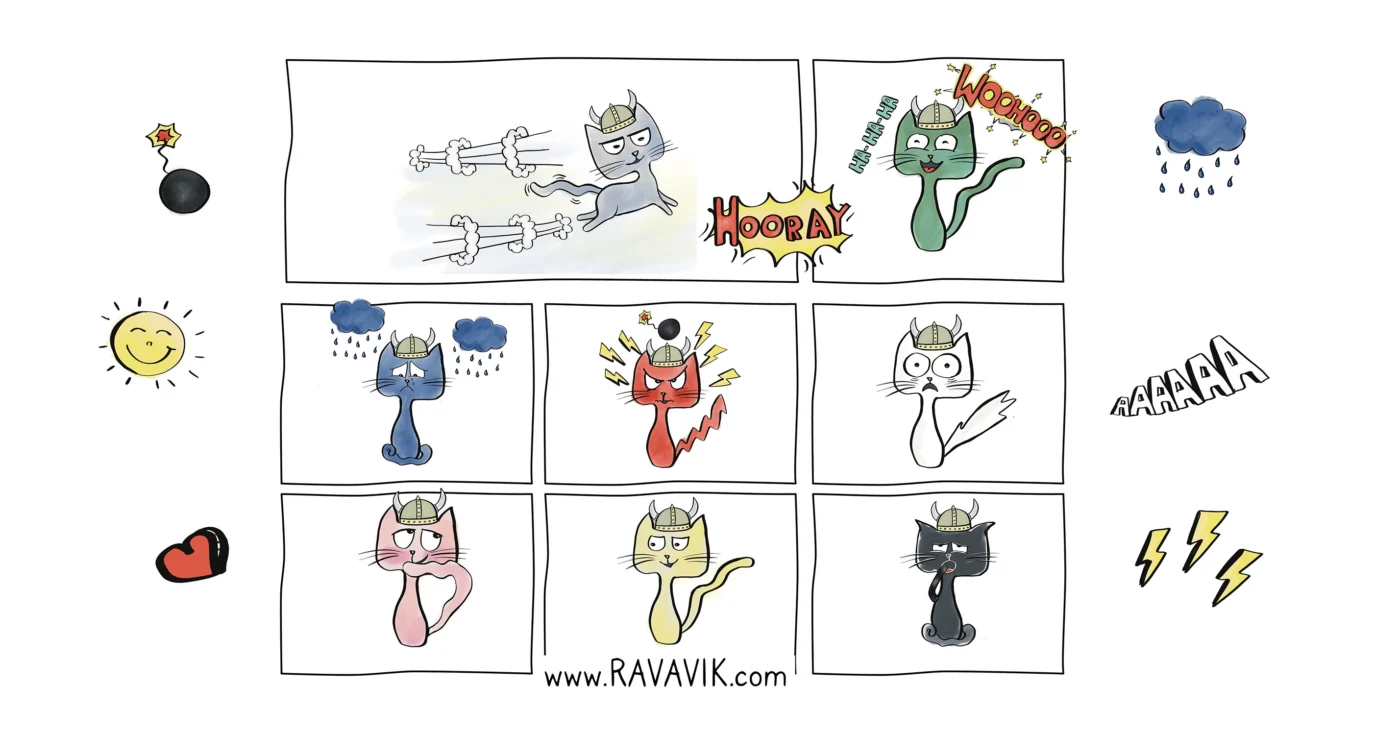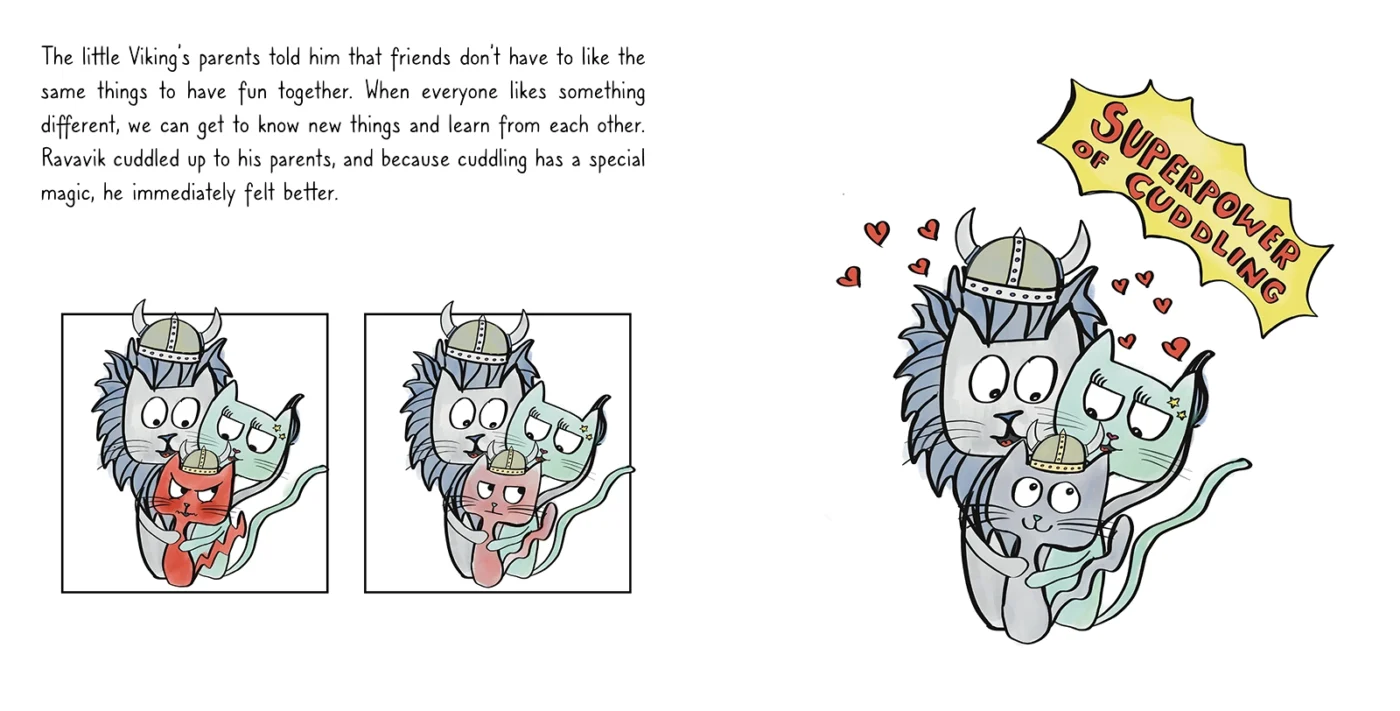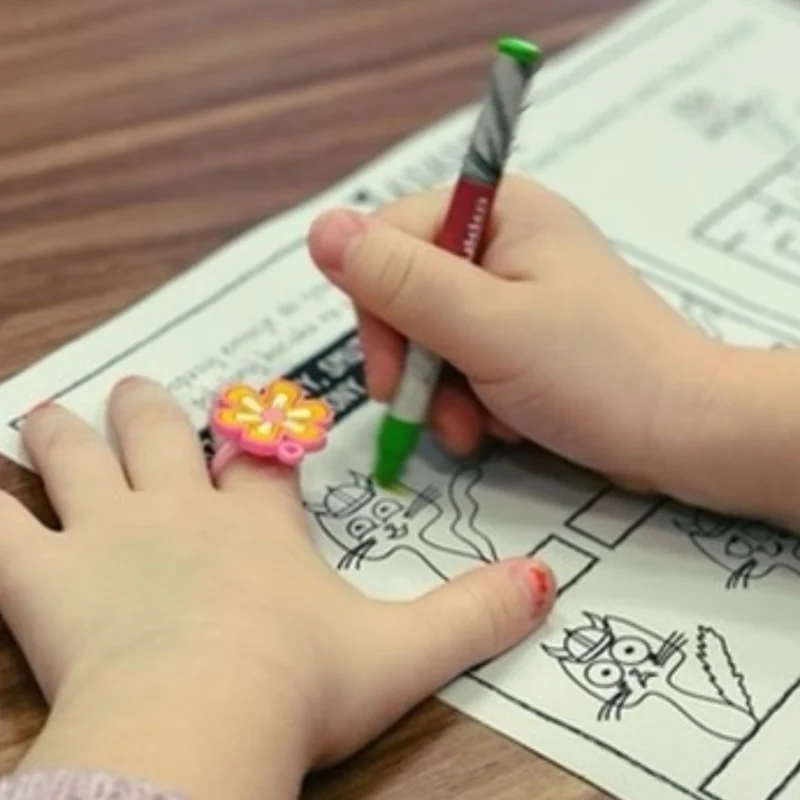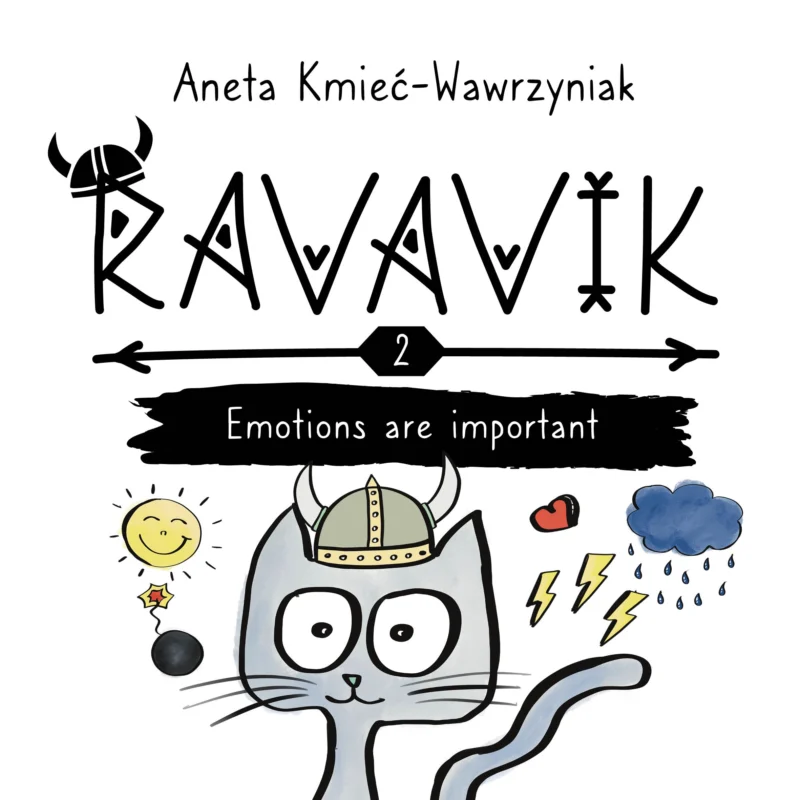Parenting is a journey filled with joy as we watch our children explore the world, but it also comes with emotional challenges. This is especially true during preschool and early school years, when kids begin to discover and navigate their feelings. Every day in preschool or the classroom is an emotional rollercoaster for them. As parents, we all want to be effective and confident in supporting our children through tough moments, but it’s not always clear how to help. As the saying goes, “prevention is better than cure,” and this applies to emotions too. So, how can we practically and effectively help our little ones understand and express their feelings?

Emotions: A Key to Child Development
Children in their early school years experience a whirlwind of emotions—from excitement and joy to frustration and sadness. Every new experience, whether it’s forming friendships, tackling educational challenges, or navigating social situations, triggers intense feelings. That’s why it’s critical to teach kids how to recognize and express these emotions.
Childhood is widely regarded as the foundation for future skills, talents, and interests. During these years, a child’s brain develops at its fastest pace and remains highly adaptable. In the first 5-7 years of life, key processes like the growth of neural connections and synaptic plasticity occur at their peak. While brain plasticity continues throughout life, it becomes less pronounced as we age. This makes early childhood a golden opportunity to equip our kids with emotional skills that will benefit them for a lifetime. Sounds great—but how do we make it happen?

Talking About Emotions
One of the most powerful tools for helping children understand emotions is conversation. Encourage your child to share their experiences by asking simple, open-ended questions like, “How did you feel at preschool today?” or “What made you smile?” These questions help kids articulate their emotions and learn to name them. They also teach children that it’s okay—and important—to talk not just about what happened, but how it made them feel. And when your child opens up, listen.
Active listening is essential. No one wants to share their thoughts with someone who isn’t truly paying attention or trying to understand. Respond with empathy, validating their feelings by saying things like, “I can see that made you happy,” or “It sounds like that was tough.” You can also use tools like books or games to spark these discussions. One excellent resource is the book “Ravavik. Emotions are important” by Aneta Kmieć-Wawrzyniak. Through the adventures of a Viking cat with a family and dilemmas much like a child’s, it introduces kids to the world of emotions. What makes this book special is its emphasis on the dynamic nature of feelings—showing kids that emotions come, go, and change.
Books and games like these introduce emotional vocabulary, helping kids express themselves more clearly. Try creating an “emotion dictionary” together, listing feelings and their meanings. Above all, build a safe space where your child feels comfortable sharing. No one opens up about their worries or joys unless they trust the listener and feel there’s room to be heard. As a parent, you’re their role model. Show them how you handle your emotions—when you’re sad or frustrated, share it with them. This builds trust and creates an environment where they feel secure expressing their own feelings.

Playful Learning: Supporting Emotional Growth Through
Play is one of the best ways to teach kids about emotions. Incorporate games into your daily routine that help them explore their feelings. For example, create an “emotion card” activity where kids draw how they feel or use emojis to express emotions. These activities boost communication skills and empathy. There are plenty of ready-made emotion card sets available, but keep it fun—not forced. The goal isn’t to sit down and “learn emotions” formally; it’s to weave this learning into reading, drawing, playing, and talking. You set the tone and guide the activity, making it a meaningful bonding experience with lifelong benefits for your child.
How do you start? Keep it simple by building it into your routine. Kids thrive on structure—it makes them feel secure. Daily rituals like shared meals or bedtime chats provide stability and help them manage emotions better. Knowing what to expect helps them process and express what they’re feeling. Use mealtime for casual check-ins or pair bedtime stories with a quick chat about the emotions in the book you just read

Partnering with Teachers
Don’t overlook the role of teachers and others in your child’s life. Collaborating with educators on emotional development can make a big difference. Teachers who use programs focused on emotional intelligence can reinforce what you’re teaching at home, helping kids understand and express their feelings. Workshops, extracurricular activities, and interactions with inspiring people also build social and emotional skills—for kids and adults alike.
Wrapping It Up: Building a Foundation for Emotional Health
Helping children understand and express their emotions is vital to their healthy development. By guiding them through their emotional rollercoaster, we give them tools to thrive in the world. “Ravavik. Emotions are important” is a fantastic resource for this journey, offering parents and kids a way to explore and name feelings through a charming story about a cat, his family, and his friendships.
Every emotion matters and deserves attention. Let’s teach our kids this lesson and nurture their emotional growth. Through conversations, play, and openness, we can help them not only understand their feelings but also build stronger, healthier relationships. Together, let’s create a space where emotions are a source of connection—not stress.
Joanna Bukowska
Speech therapist and Special education teacher
Ravavik is on amazon. Check it!

Get your free coloring cards from Ravavik


